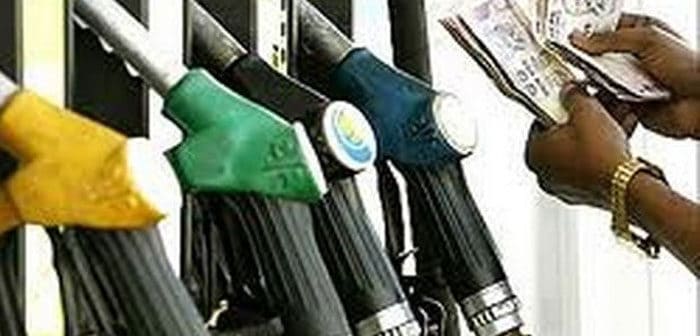(TOI)
India’s daily consumption of crude oil is 4.5 million barrels (1 barrel about 159 litres), the third highest globally. Only the US and China consume more than us. We however have way smaller domestic oil reserves and are dependent on imports for about 80% of our total oil consumption.
How is petroleum priced in India?
The government gotinvolved in regulating oil prices from 1948, and decided that international prices alone could not be the determinant as indigenous production and refining capacity was increasing. From the70s to the early 2000s, the oil prices committee recommended an administered pricing mechanism based on domestic cost of production. In 2010, petrol prices were deregulated, while diesel was freed up in 2014.
How do global crude prices reflect in India?
In 2012, 2013 and 2014 crude prices crossed unprecedented levels and impacted our petrol prices, at the time deregulated. Subsequently, the priceof theIndian basket of crude has fallen but fuel prices in the domestic market have gone up becauseof taxes. Incidentally, prices are not completely dependent on the international market.
So, does the govt make no money from petroleum products?
Data for the past four years shows both Centre and states make large sums from petroleum products. For instance, in 2013-14, the Centre collected Rs 1.1 lakh crore as taxes from petroleum of which Rs 0.8 lakh crore was spent in payouts including subsidies. This translated into a net gain of Rs 0.3 lakh crore for the Centre. This gain increased to Rs 2.5 lakh crore in 2016-17.
Isn’t it fair to tax petroleum and use that money for welfare?
In most advanced countries (barring the US) petroleum is a highly taxed commodity. But these countries have way higher incomes as compared to the average Indian and the cost doesn’t pinch as much as it does Indians. In this scenario, a high tax on petrol in a country at our income level remains a matter of debate.





